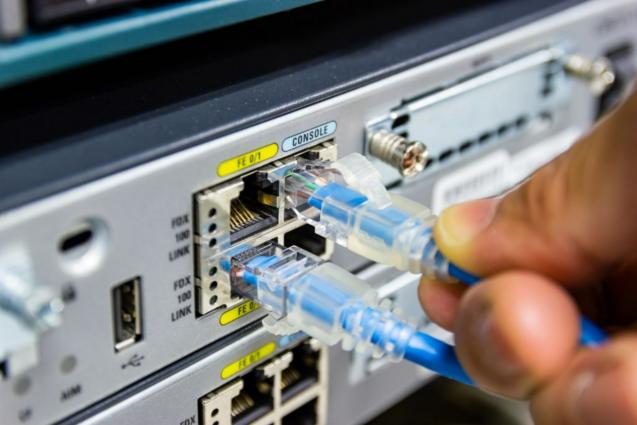
Creating the Perfect Home Office: A Comprehensive Guide
Choosing the Right Space for Your Home Office
The quest to create the perfect home office initiates by identifying the most appropriate location within your dwelling. The workspace should be secluded enough to provide quietude and tranquillity, imperative for maintaining concentration and focus. Also, the area must be sufficiently bathed in light, either natural or artificial, to reduce eye strain and boost overall wellbeing.
Allocating a dedicated workspace is instrumental in maximising productivity; it psychologically enforces the separation of work from relaxation areas in your house. Moreover, the size of your workspace plays a vital role. Ideally, the space should be spacious enough to cater to your work needs – a place that can comfortably house necessary furniture and equipment, with ample allowance for easy movement.
Essential Office Furniture for Optimal Productivity
Selecting the right furniture goes a long way in shaping the functionality of your home office. The centrepiece of your working space, the desk, should be chosen with proper forethought, keeping in mind its size, ergonomics, shape, and any additional features conducive to your work patterns.
Pairing your desk with ergonomically-correct seating is non-negotiable if you want to avert physical discomfort during long work hours. Options to implement storage solutions such as shelves, filing cabinets, and drawer units need careful consideration as they play a significant part in keeping your workspace tidy and organised.
In a home office, especially one with limited room, furniture with multiple functions can be a game-changer. For instance, a desk with built-in storage can help save space and keep the work area clutter-free.
Crafting the Ideal Office Layout
Your office needs will dictate your office layout. Will you be primarily working digitally, or will you need physical space for materials and documents? The arrangement and positioning of office furniture should ideally reduce unnecessary movements and facilitate a better workflow.
An aesthetically pleasing work environment can also contribute to increased productivity and mental satisfaction. Consider making room for a small relaxation zone within your workspace – even a cosy chair paired with a small side table can do wonders for mental rejuvenation.
Technology and Equipment Consideration
Next up is the technology that you'll need to operate effectively. A home office mandates a computer or a laptop, an external monitor for multitasking, a high-speed internet connection, and other pertinent accessories like a mouse and keyboard.
A home office is practically non-functional without a robust and reliable Internet and Wi-Fi solution. The speed and stability of your internet can significantly impact your work efficiency.
You should also factor in devices facilitating remote communication, such as high-quality webcams, headphones, microphones, or even a dedicated phone line. Depending on your line of work, you might need a printer, scanner, or both. However, for data cabling, don't forget you’ll need a licensed electrician to help with the installation.
The Role of Lighting and Décor in Your Home Office
The proper choice and arrangement of lighting, both natural and artificial, significantly influences productivity. Natural light, where possible, is the most beneficial to eyes and mood. However, good quality artificial lighting coupled with anti-glare screen protectors can also provide ample light to avoid eye strain.
The colour scheme and decor elements of your space have psychological impacts. Choosing a colour that corresponds to your work needs, and decorating the area with pieces that represent your personal style, can have motivating and calming effects – contributing positively to your work output.
Lastly, consider adding indoor plants to your office layout. Not only do they enhance aesthetic appeal, but they can also purify the air and bring a sense of calm, which fosters productivity.
Conclusion
The process of concocting a well-crafted home office requires careful consideration and planning. With a focus on specifying the right space, choosing furniture that blends comfort and functionality, creating a layout that optimises workflow, incorporating the relevant technology, and integrating lighting and decor that boosts productivity – one can work out an ideal home office formula that is as productive as it is cosy. The beauty lies in its continuous evolution – improving, adapting, and personalising your space, making the work-from-home experience truly satisfying and fruitful.



